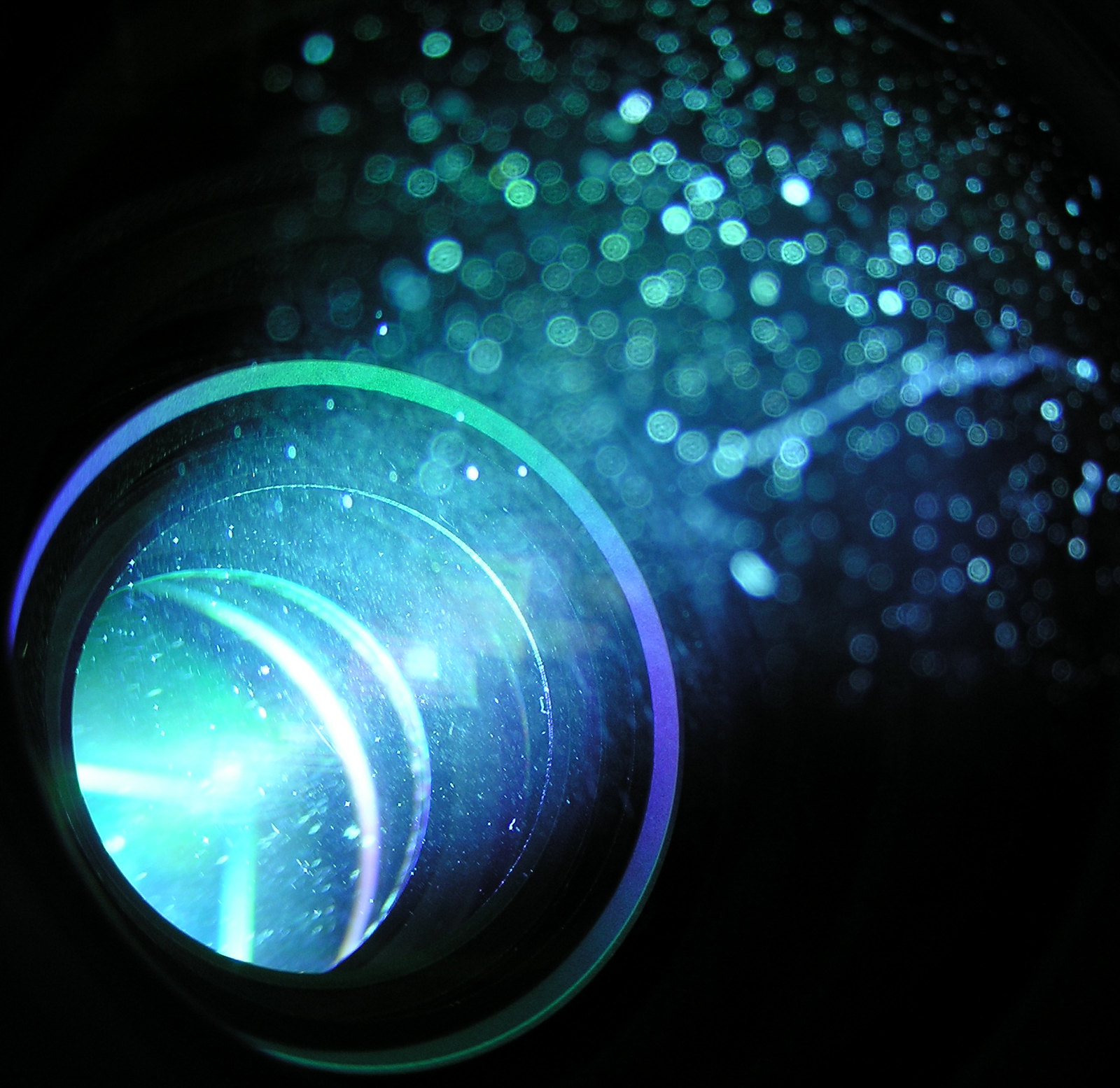Even in trailers for Furiosa: A Mad Max Saga, the prequel looks notably different from 2015’s Mad Max: Fury Road. While the deep orange hues of the outback-turned-wasteland persist, Furiosa’s overall use of CGI is much more apparent — and somewhat jarring. Initially, director George Miller had intended to shoot Furiosa and Fury Road back-to-back in order to keep his wild universe as cohesive as possible. In fact, Theron was even provided with the backstory that would become Furiosa’s narrative. Unfortunately, the prequel landed in development hell for years.
Although Fury Road production VFX supervisor Andrew Jackson returned for Furiosa, the Taylor-Joy-starring prequel boasts some jarring use of CGI throughout. In some of the film’s most chaotic scenes, like one that’s set in Mad Max’s Citadel, the CGI stands out — and not in a good way. For a series that’s always boasted impressive practical effects, choreography, and stunt work, the glaring CGI is a bit of a letdown in certain moments. At the same time, there’s so much happening on screen that Furiosa: A Mad Max Saga needs to rely on CGI-heavy post-production.
While Mad Max: Fury Road contains 2,000 visual effects shots, the post-apocalyptic smash hit relied on practical effects and singular editing techniques in order to capture its distinct feel. Film Editor Margaret Sixel combed through 480 hours of footage, with the final film boasting roughly 2,700 cuts. Moreover, Fury Road does not run at the traditional frame rate of 24 frames per second for the duration of the film, which gives it that almost cartoonish, bombastic feel. Furiosa definitely uses some of the same tricks, but it also relies more heavily on green screens.
In Mad Max: Fury Road, a lot was shot on camera, but then tweaked in post-production. For example, visual effects artists added in dramatic backdrops or altered lighting, textures, and weather in certain shots in order to capture Mad Max’s distinct Wasteland world. In Furiosa’s ending (and throughout), things look more studio-controlled. That is, the CGI isn’t used to enhance certain sequences in Furiosa. Instead, the prequel’s go-to approach was to rely on CGI for certain elements. While there’s no harm in doing so, it’s definitely a different approach from Fury Road.



I’m an annoying broken record on this ATM (genuinely sorry, but I’m happy to die on this hill for now) …
but maybe being amateur VFX critics is not the best thing we could be doing with a movie going experiences?! How was the story, writing, directing and the acting?!!
I’ve recently started watching Babylon 5, a 90s Sci-Fi show. The props are cheap, and all of the space scenes are done with TV 90s CGI that basically looks like a video game … from '94. And so far (about half way through season 1), I’m all in. I got used to the VFX and have even come to appreciate their “charm” (seriously, they look kinda alien and comic book like) … but mostly I like the story, directing and characters … focusing on the CGI would be a waste of my time … they tell the space elements of the story perfectly well.
Now I haven’t seen Furiosa, and I’m open to it and its VFX being poorly deployed … but maybe this whole “the CGI took me out of it because I could tell it wasn’t practical … is just missing the point”??
I think they criticise VFX because there’s an end goal of being indistinguishable from reality.
Commenting on story, execution, and uniqueness requires actual taste and a personal bias which may least to reduced views and interaction.